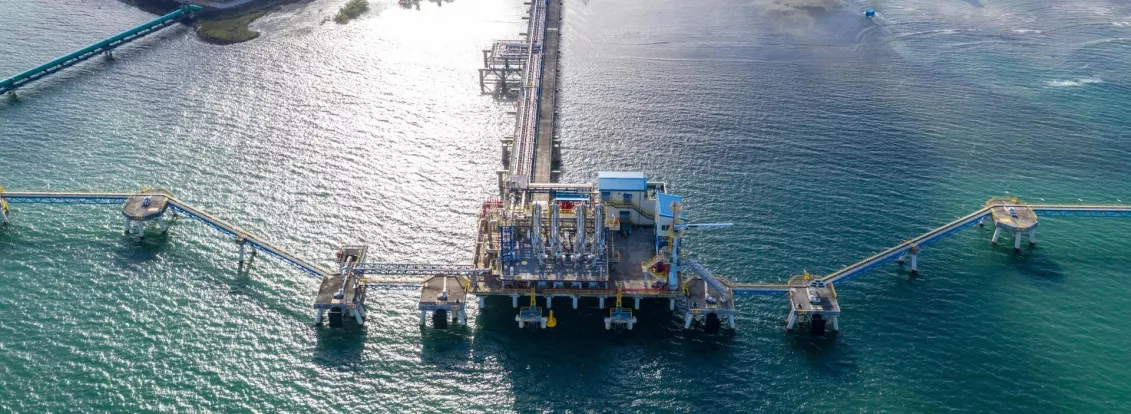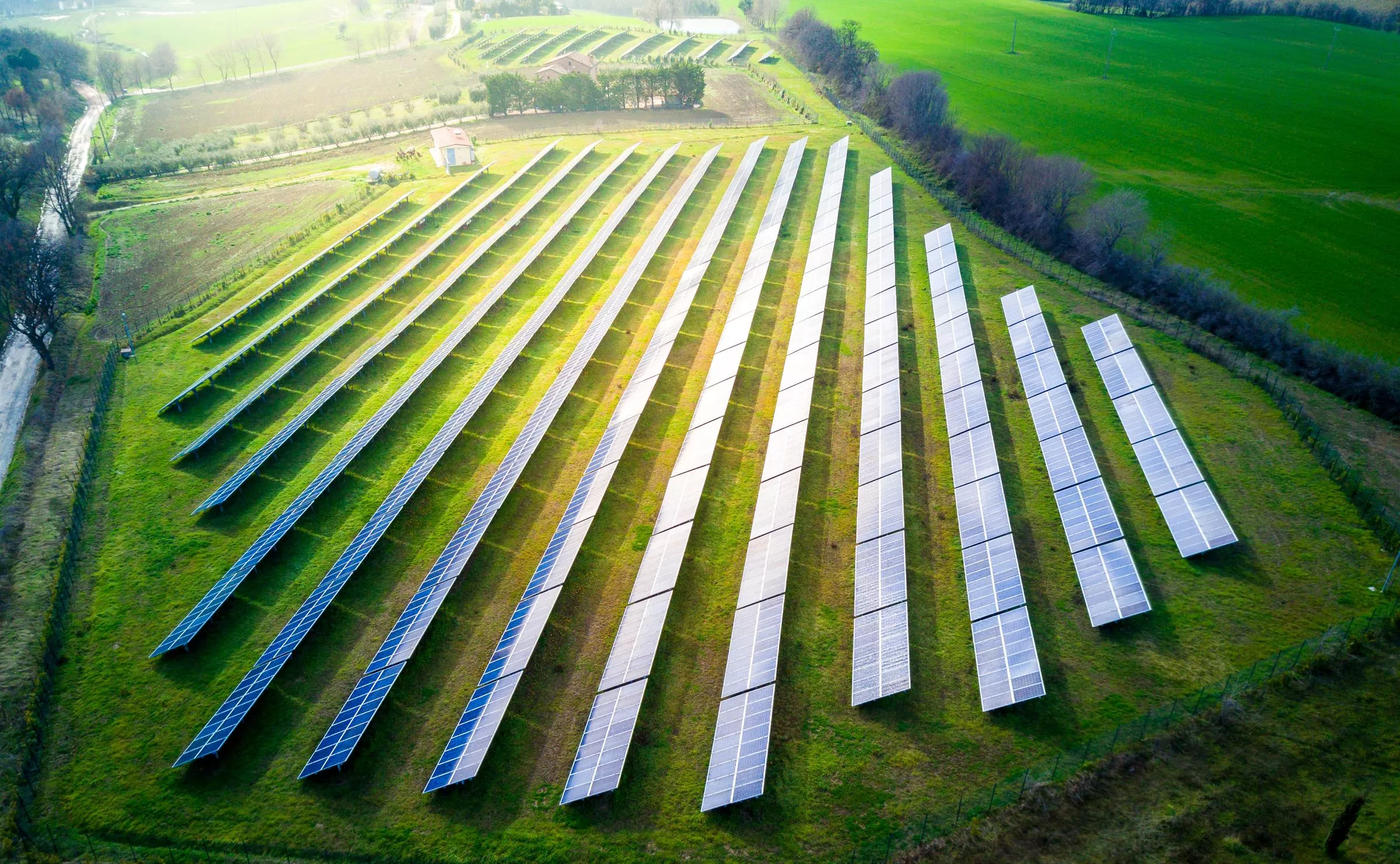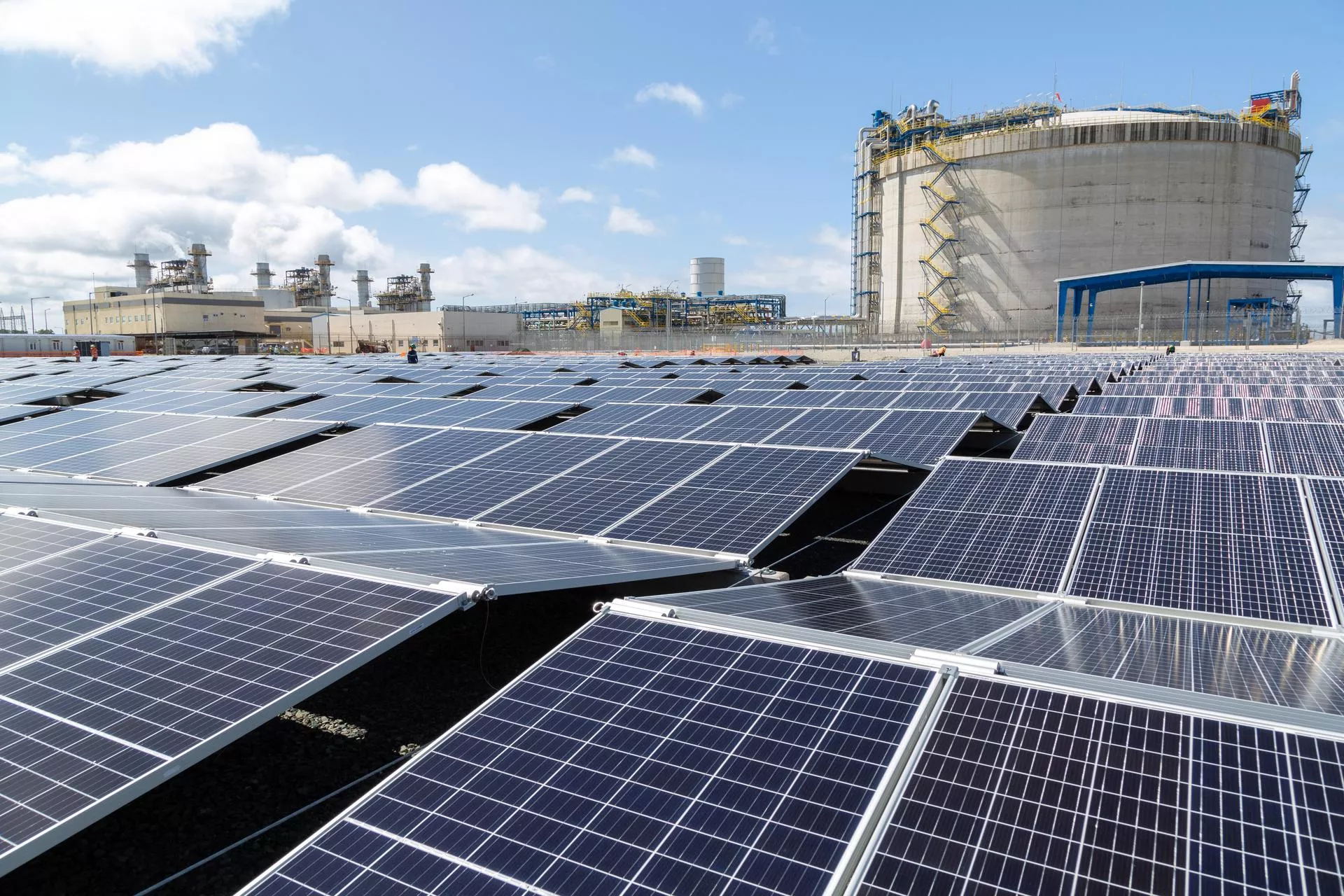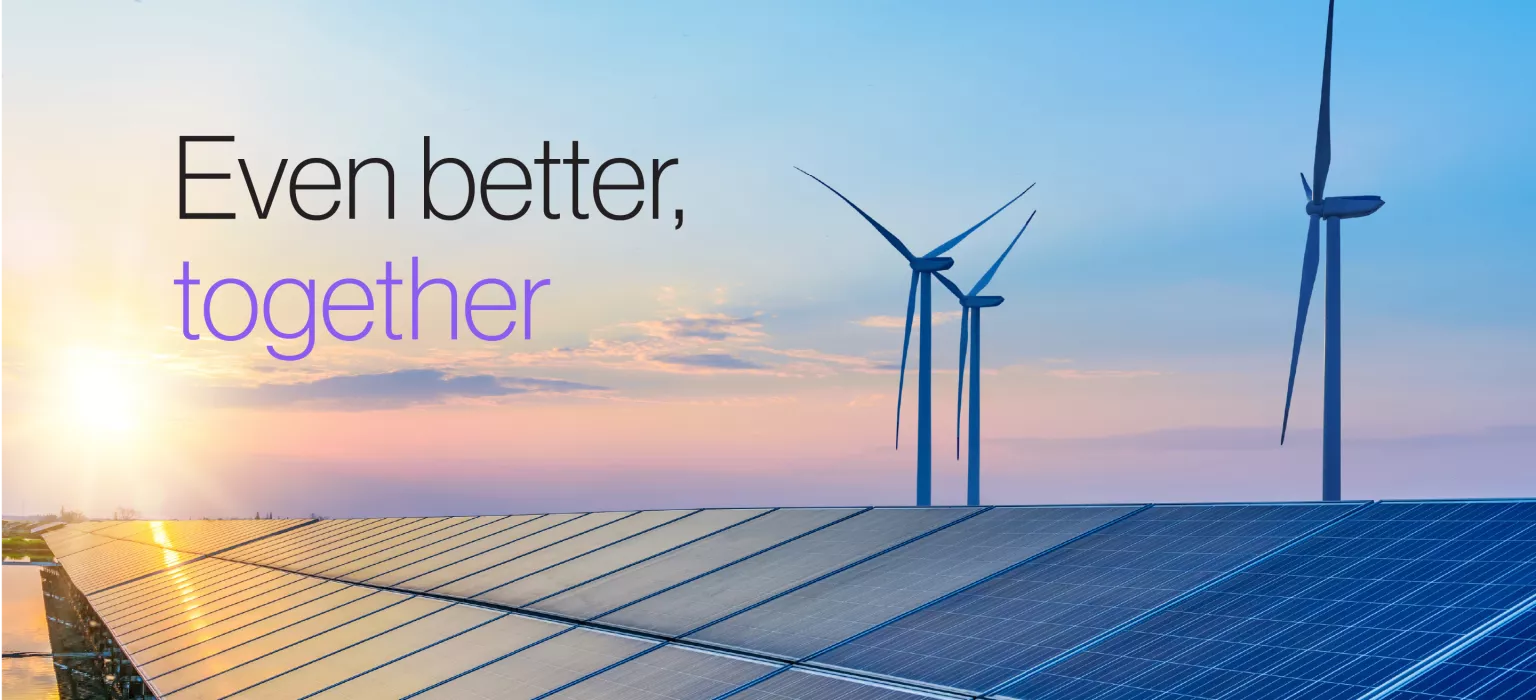Accelerating responsible and just energy transitions

By Executive Vice President and President, Energy Infrastructure Juan Ignacio Rubiolo
Energy transitions cannot be done overnight. To achieve a clean energy future requires meaningful consideration of the unique circumstances of each country and customer, and must balance environmental sustainability, energy security and resilience, and affordability and inclusiveness.
AES is working together with customers, countries, and energy markets to meet changing energy needs and sustainability goals. Through innovative technological and commercial solutions, we are helping to diversify fuel mixes and integrate greener sources of energy while ensuring a strong, resilient grid.
In the Dominican Republic and Panama, AES has worked with the governments and our partners to develop solutions that provide reliable capacity, mitigating the impact from weather events like El Niño on existing assets, while reducing the need for fuel oil and diesel. Natural gas was introduced as a transition fuel to enable economic growth and a renewables future. Today, AES has two liquified natural gas (LNG) terminals that support these power sectors as well as the industrial, commercial and transportation sectors in the region. In the Dominican Republic, AES projects have helped the country avoid 19.8 million tons of CO2 in 26 years and we continue to invest in new renewables projects to further diversify and green the country’s energy mix.
It is critical that grids continue to have reliable and flexible capacity to guarantee a steady supply of electricity, especially as more intermittent renewable generation is added. Our LNG solutions provide countries with a cleaner alternative in their transition as they produce less carbon dioxide per unit of energy and fewer air pollutants, like sulfur dioxide and particulates, than coal or oil.
We intend to exit the substantial majority of our remaining coal facilities by year-end 2025 and to exit all coal by year-end 2027. From there, we intend to achieve net zero carbon emissions associated with our electricity sales by 2040 and to be net zero by 2050 for all business, including the carbon emissions associated with the use of our energy products.
To achieve these goals, we continue to accelerate the growth and integration of renewables into grids. In Indiana, in 2022, our utility filed its latest integrated resource plan that shared how we are working to retire the remaining coal generation at AES Indiana by the end of 2025, while adding 1.3 GW of solar, wind and storage as well as natural gas to the grid.
In Chile, AES signed an agreement with the Government allowing for the closure of 1,097 MW of coal generation as soon as 2025. This agreement complements AES’ plan to invest $3 billion to build 2.3 GW of renewables in solar and wind farms, hydrogen plants and energy storage through 2024 in Chile and Colombia.
We are also working with industrial partners to decarbonize their production process. AES is reducing the emissions of major supply chains by working with several of the world’s largest mining companies in South America in their transition to renewable energy. Our Green Blend offering allows the mining industry to integrate renewable energy with thermal power during select hours of the day, reducing overall thermal generation, lowering emissions, and ensuring reliability.
These projects are examples of pathways for countries and sectors to provide new generation while shifting reliance away from oil and coal-burning power plants and growing renewables. As these transition plans are designed, they must also keep the local conditions in mind to manage the impact on workers and communities that may be impacted by the closures of fossil fuel facilities. In Chile, the AES Chile Training Plan for Labor Reconversion forms part of the plant retirement plans. The training program has had more than 325 participants and was designed to help employees assume new roles in the future of energy. In Hawaii, a similar renewable energy re-skilling training was offered when AES closed the last coal plant in the state, and nearly half of AES employees participated in the course.
The transition to green energy is a complex process that requires continuous engagement with all stakeholders, including local and national governments, customers, and local communities.





